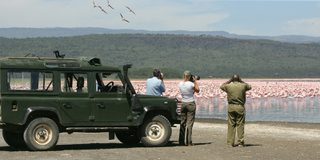More phenomenal wildlife and culture safari experiences





Call Us
Unsure where to start? Give us a call and speak to our team.
Alistair


Would you like to learn more about Africa's great migrations?
Speak with an experienced Africa travel expert

Alistair
Travel Expert




















































